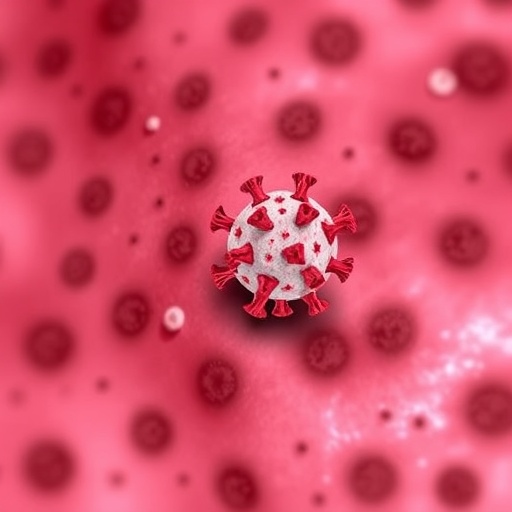
Credit: Walter et al./PNAS
In conventional ultrasounds, variations in soft tissue structure distort ultrasound wavefronts. They blur the image and can hence prove detrimental to medical diagnosis. Researchers at the Institut Langevin (CNRS/ESPCI Paris-PSL)* have developed a new non-invasive ultrasound method that avoids such aberrations. In an article published in the journal PNAS** on 10 June 2020, the scientists showed how this method can subtly compensate for the distortions that a focused wave undergoes as it travels through the studied tissue, with an ideal resolution and contrast optimized for each pixel in the image. This approach can be extended to any type of wave, and can be controlled by a multi-sensor network. Applications range from biomedical diagnosis to optical microscopy, detection of cracks in industrial materials, and the monitoring of volcanoes and fault zones in geophysics.
This imaging method, known as matrix imaging, was also the subject of an article published recently in the journal Physical Review X***, as it can also help develop new approaches to imaging. This research was funded by an ERC Consolidator grant (no. 819261) as part of the European Union’s Horizon 2020 Programme for Research and Innovation, and led to the filing of a patent by the CNRS, published in February 2020 (WO2020016250A1).
###
Notes
* – In collaboration with the company SuperSonic Imagine, based in Aix-en-Provence (France).
**- Preliminary version posted on arXiv on 11 December 2019: arXiv:1912.05417
***- https:/
Media Contact
Francois Maginiot
[email protected]
Original Source
https:/
Related Journal Article
http://dx.




